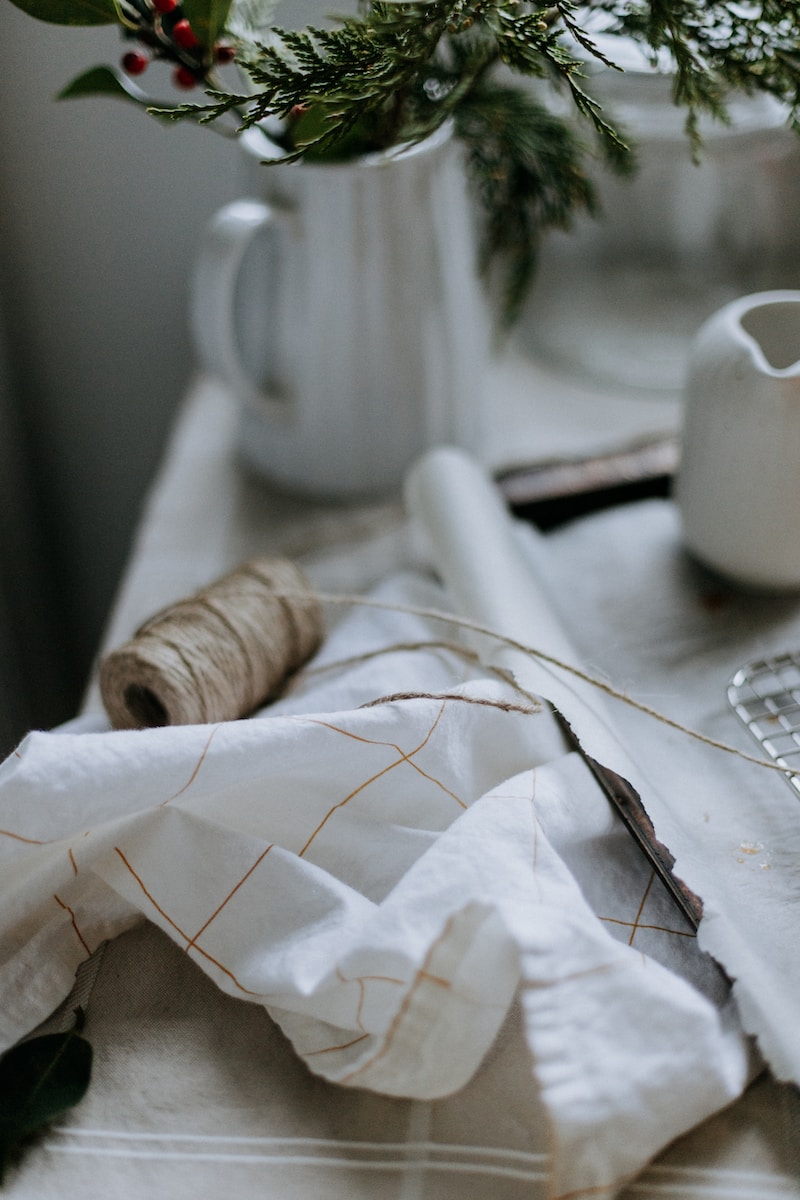Are you a fan of cooking with fresh herbs but tired of constantly buying them from the grocery store? Growing your own herbs at home can be a fun and rewarding way to enhance your cooking and add some greenery to your living space. Here are some tips for getting started on your own herb garden.
"Sprout Some Joy: Tips for Growing Your Own Herbs at Home"
One of the most important things to consider when growing herbs at home is sunlight. Most herbs require at least 6 hours of direct sunlight per day, so make sure to place your herb garden in a sunny location. If you don’t have access to a lot of natural light, consider using artificial grow lights to supplement.
Another important factor to consider is soil. Herbs typically like well-draining soil with good aeration. You can buy a pre-made potting mix or create your own by mixing together soil, compost, and perlite or sand. Make sure to also choose a pot with good drainage holes to prevent water from pooling and drowning your herbs.
When it comes to watering your herbs, it’s important to not overwater. Most herbs prefer to dry out slightly between watering, so make sure to check the soil moisture level before watering. Additionally, some herbs like rosemary and thyme prefer drier soil, while others like basil and parsley prefer more moisture. It’s important to research the specific needs of the herbs you’re growing to ensure they thrive.
"Herb Your Enthusiasm: How to Cultivate a Home Garden"
Another important aspect of growing herbs at home is choosing the right herbs. Consider what you like to cook with and what herbs will thrive in your specific environment. Some easy herbs to start with include basil, parsley, chives, and mint.
If you’re short on space, consider growing herbs in containers. Not only does this make it easier to control soil and watering, but it also allows you to move your herbs around to ensure they’re getting enough sunlight throughout the day.
Lastly, don’t forget to harvest your herbs regularly! Not only will this encourage growth, but it also allows you to enjoy fresh herbs in your cooking. Just make sure to not harvest more than one-third of the plant at a time, as this can stress the plant and decrease future growth.
"From Seed to Sprig: A Beginner’s Guide to Herb Growing"
If you’re new to herb growing, starting from seed can be a cost-effective and rewarding option. Make sure to read the seed packet instructions carefully, as different herbs have different germination and growing requirements.
To encourage germination, you can start seeds indoors in small pots or seed trays before transplanting them outside. This also allows you to control the temperature and moisture levels to ensure successful germination.
Once your seeds have germinated and grown into small sprouts, you can transplant them into larger containers or into your outdoor herb garden. Make sure to gradually acclimate them to outdoor conditions by placing them outside for a few hours each day before planting them permanently.
Growing your own herbs at home is a fun and rewarding way to enhance your cooking and green up your living space. With these tips, you’ll be on your way to becoming a successful herb gardener in no time!




